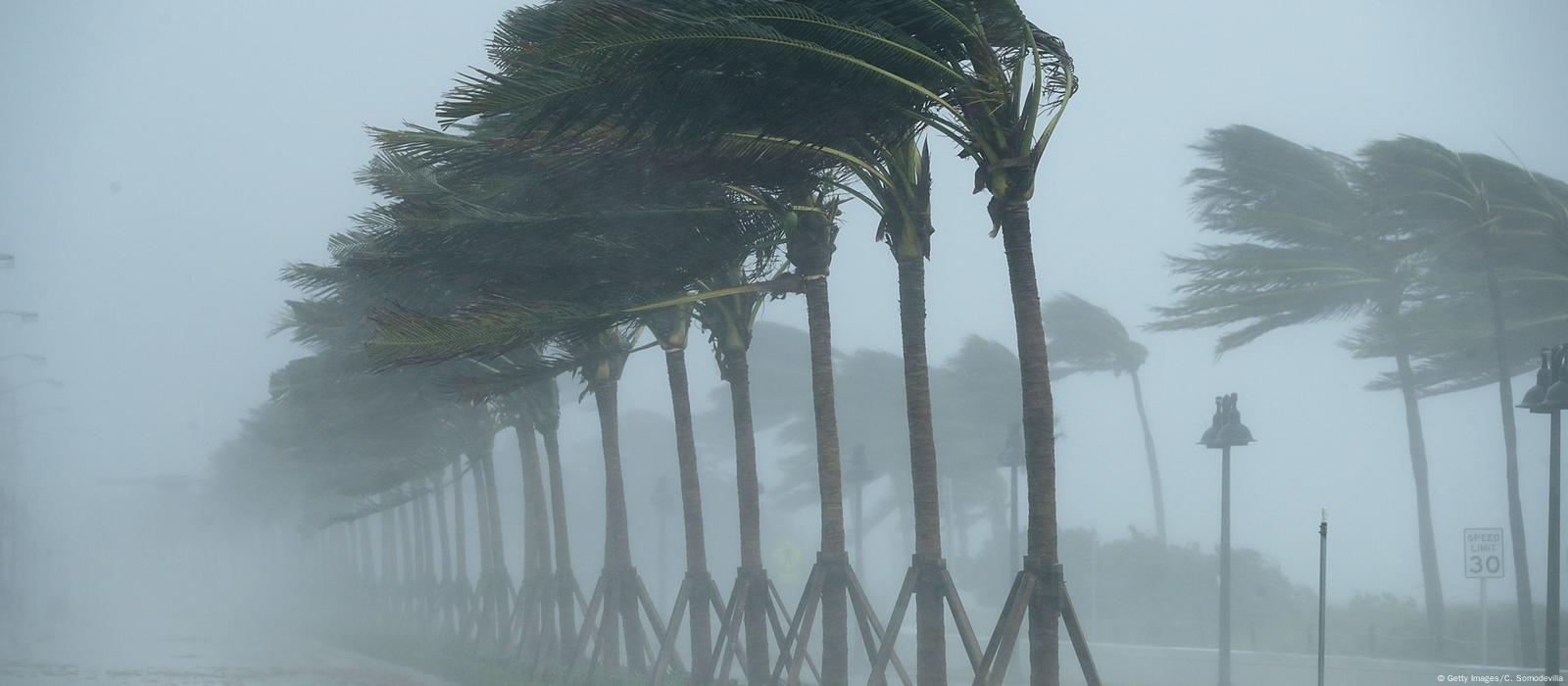A powerful storm system wreaked havoc across the central United States before barreling into the East Coast, leaving a trail of destruction, fatalities, and widespread power outages in its wake. The severe weather, which included tornadoes, torrential rains, and damaging winds, disrupted lives, destroyed homes, and prompted emergency responses in multiple states.
Destructive Path Across the Central US
The storm system first developed over the Great Plains, where warm, moist air from the Gulf of Mexico collided with cooler, drier air from the north—a classic setup for severe thunderstorms. By late Tuesday, the National Weather Service (NWS) had issued multiple tornado watches and warnings across Oklahoma, Kansas, Missouri, and Iowa.
Tornadoes Leave Devastation in the Midwest
One of the hardest-hit areas was Nebraska, where a large tornado tore through the town of Lincoln, causing significant structural damage. Emergency officials reported at least three fatalities and dozens of injuries as homes were flattened and power lines were downed.
In Iowa, another tornado touched down near Des Moines, ripping roofs off buildings and flipping cars. Local authorities declared a state of emergency as search-and-rescue teams worked through the night to locate survivors trapped under debris.
Flooding and High Winds Compound the Crisis
In addition to tornadoes, the storm brought torrential rainfall, leading to flash flooding in parts of Arkansas and Missouri. Several highways were submerged, stranding motorists and forcing evacuations in low-lying areas. Meanwhile, wind gusts exceeding 80 mph knocked down trees and utility poles, leaving hundreds of thousands without power.
Storm System Moves East, Threatening Major Cities
After battering the Midwest, the storm system intensified as it pushed toward the East Coast. By Wednesday, states from Georgia to New York were under severe weather alerts.
Tornadoes Strike the South
The Carolinas and Georgia experienced multiple tornado touchdowns, with one particularly destructive twister causing extensive damage in Raleigh, North Carolina. Local news footage showed overturned vehicles, collapsed warehouses, and uprooted trees blocking major roadways.
Heavy Rain and Coastal Flooding
As the system moved north, heavy rainfall led to urban flooding in Washington, D.C., Philadelphia, and New York City. Subway stations in Manhattan were partially flooded, causing delays during the morning commute. Coastal regions, including New Jersey and Long Island, faced additional threats from storm surges, with some beachfront properties suffering damage from high waves.
Hurricane-Force Winds Wreak Havoc
The most widespread impact came from the storm’s fierce winds, which reached hurricane-force levels in some areas. In New York’s Hudson Valley, gusts of over 75 mph toppled trees onto homes and cars, while in Boston, scaffolding collapsed, narrowly avoiding pedestrians. Over 1.5 million customers lost power across the Northeast, with utility companies warning that restoration could take days in some locations.
Emergency Response and Recovery Efforts
State and federal agencies mobilized quickly to assist affected communities. The Federal Emergency Management Agency (FEMA) deployed teams to assess damage and coordinate relief efforts, while the American Red Cross set up shelters for displaced residents.
Challenges for First Responders
Emergency crews faced significant obstacles, including blocked roads and ongoing severe weather, which hampered rescue operations. In some rural areas, downed communication lines made it difficult to coordinate response efforts.
Power Outages and Infrastructure Damage
Utility companies from the Midwest to the Northeast worked around the clock to restore electricity, but the sheer scale of the damage meant prolonged outages for many. Schools and government offices in several states remained closed as crews cleared debris and repaired critical infrastructure.
Climate Change and Increasing Severe Weather
Meteorologists and climate scientists have noted that such intense and widespread storm systems are becoming more frequent due to climate change. Warmer global temperatures contribute to higher atmospheric moisture levels, fueling more powerful thunderstorms and increasing the likelihood of extreme weather events.
The Need for Improved Preparedness
The latest storms highlight the importance of disaster readiness, from strengthening building codes in tornado-prone regions to improving flood mitigation strategies in coastal cities. Experts urge residents in high-risk areas to have emergency kits, evacuation plans, and reliable ways to receive weather alerts.
Conclusion
The severe storms that ravaged the central U.S. before slamming the East Coast serve as a stark reminder of nature’s destructive power. With lives lost, communities upended, and billions in damages, recovery will be a long and difficult process. As climate change continues to influence weather patterns, the need for resilience and proactive measures has never been greater.




